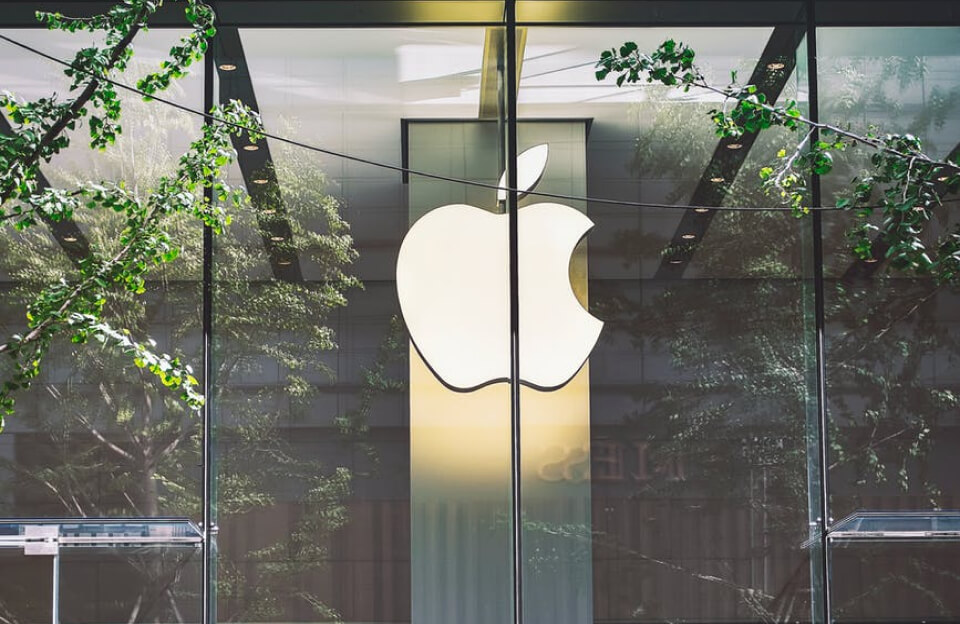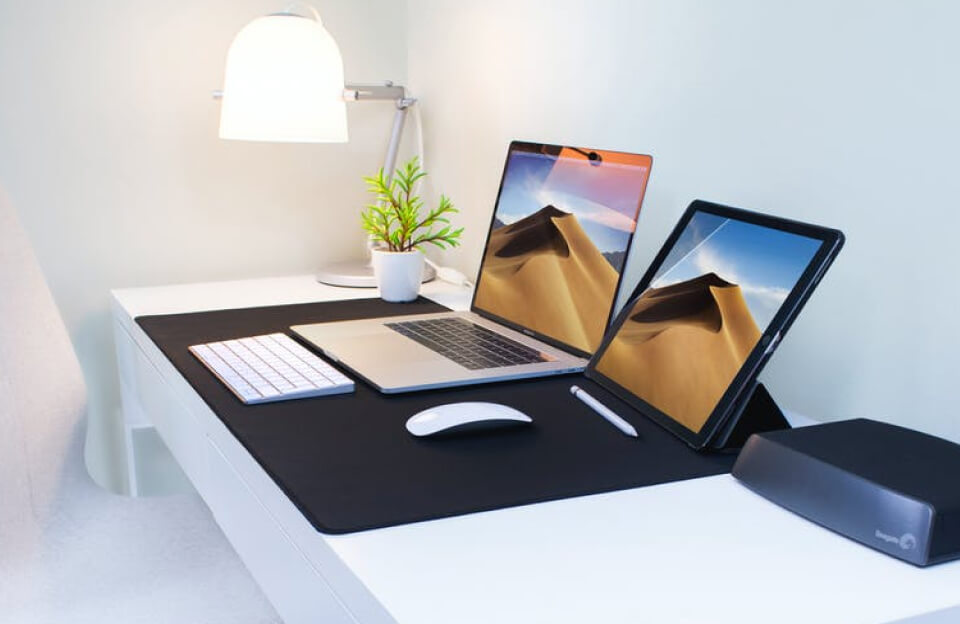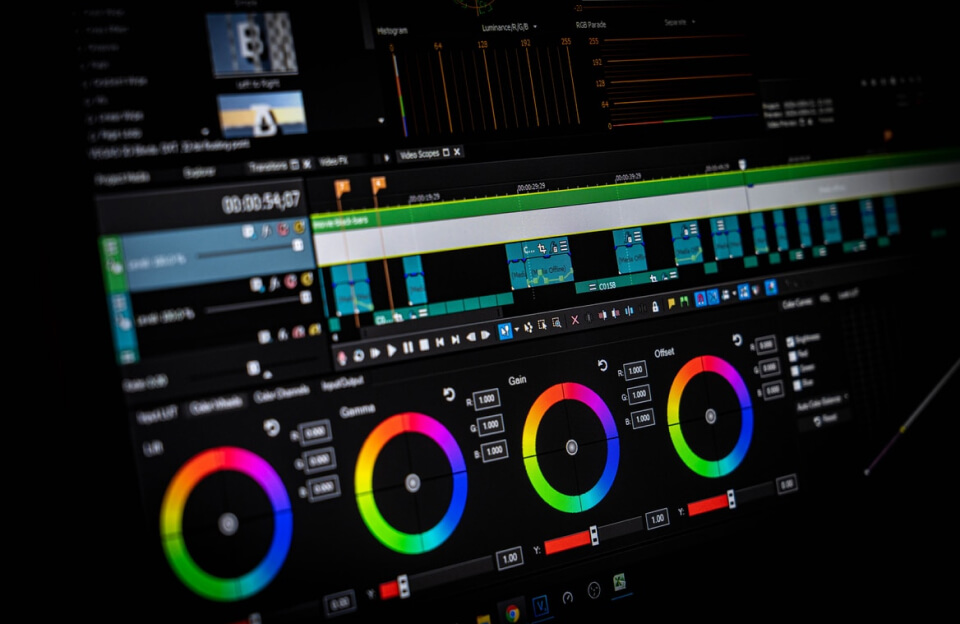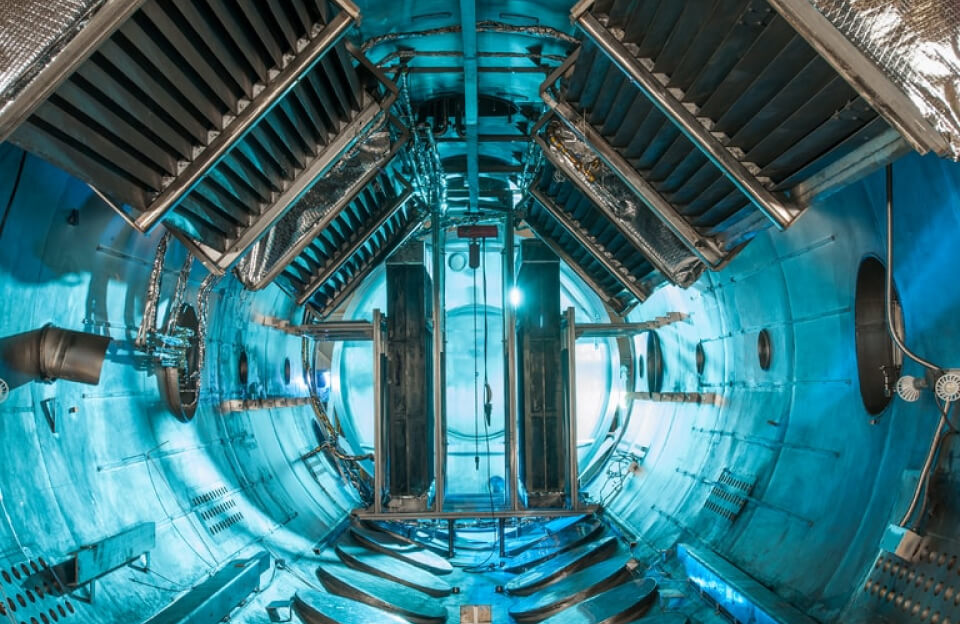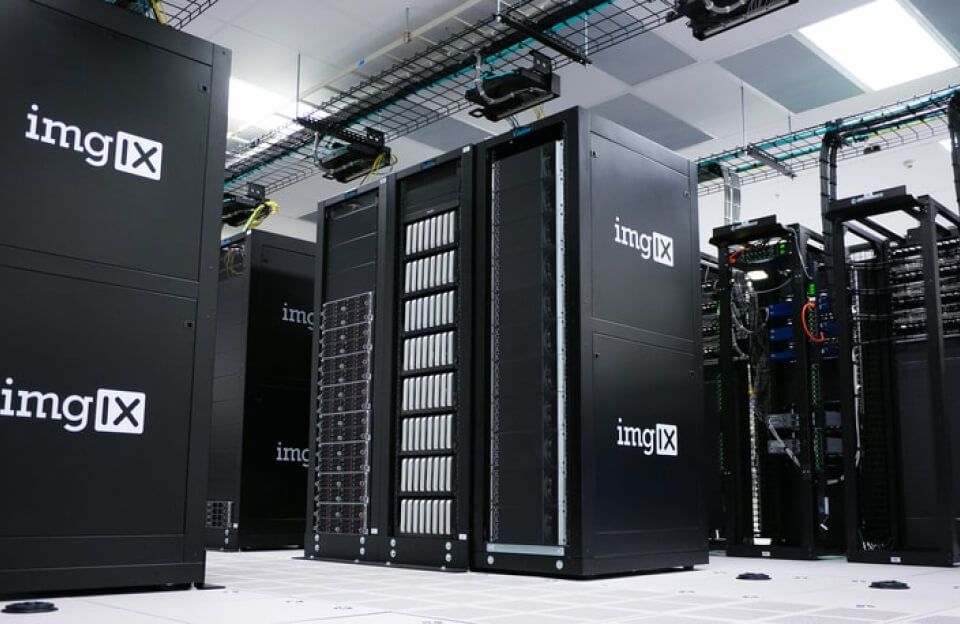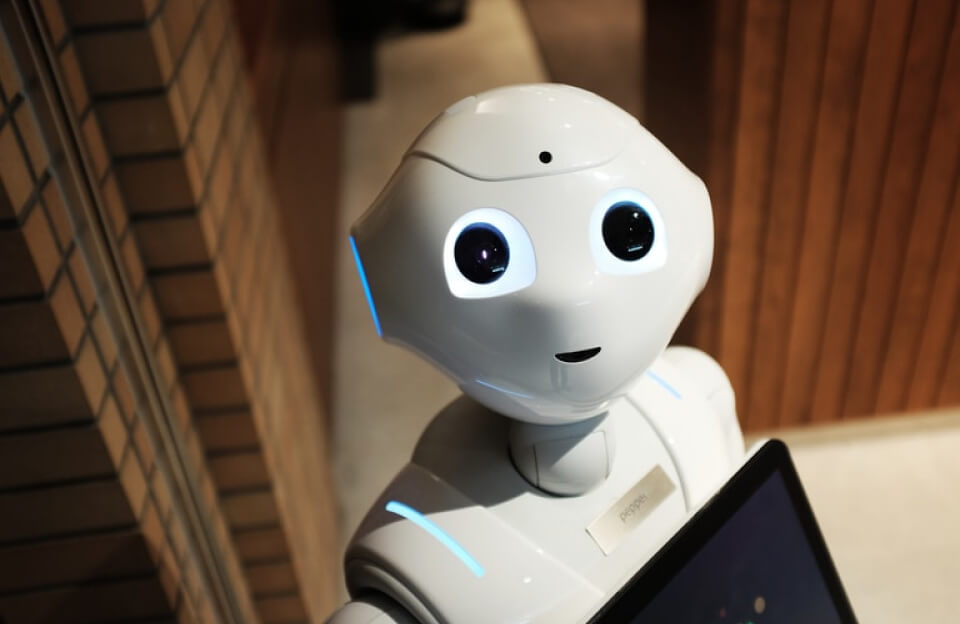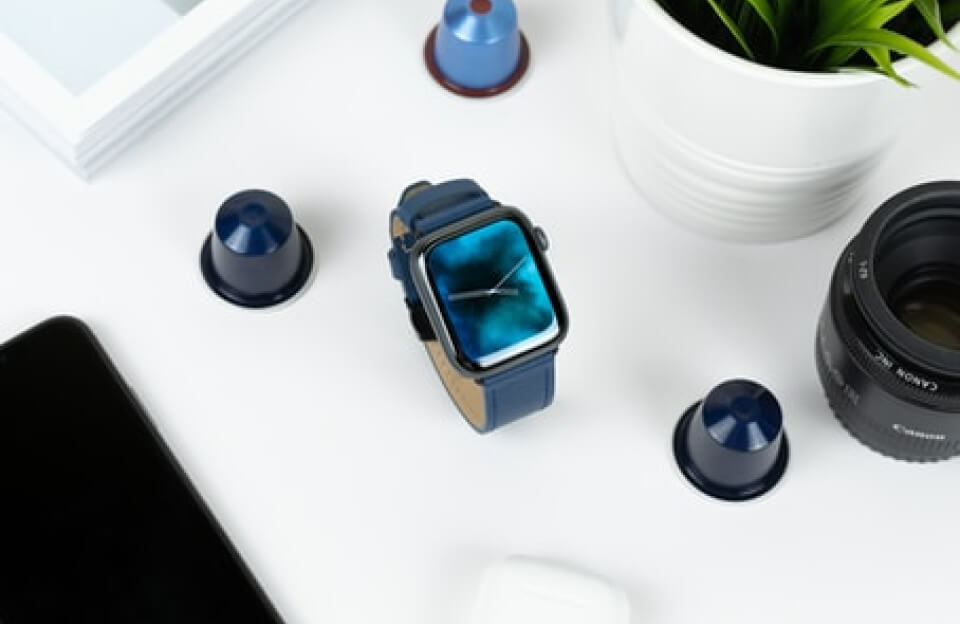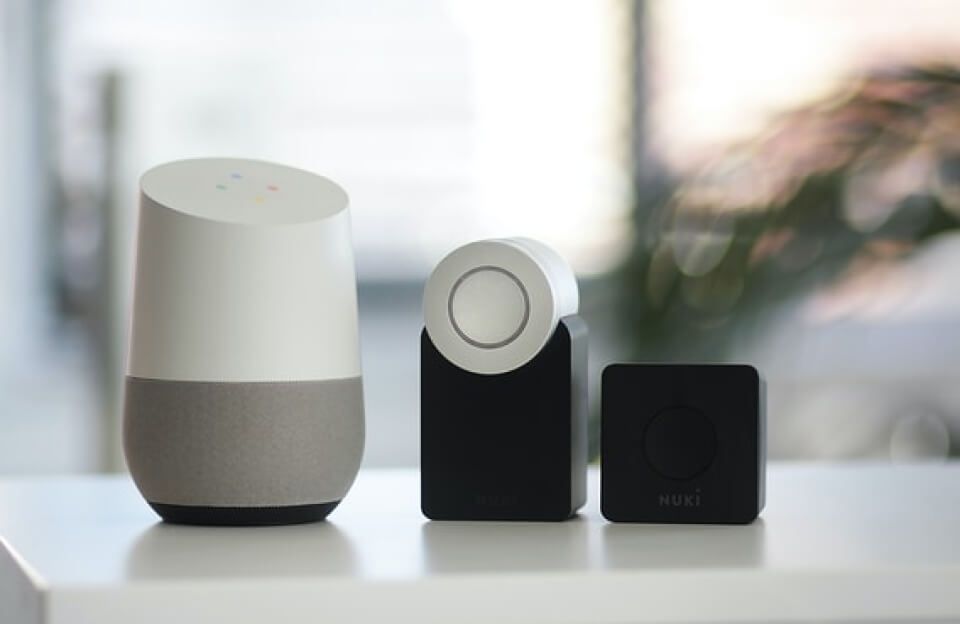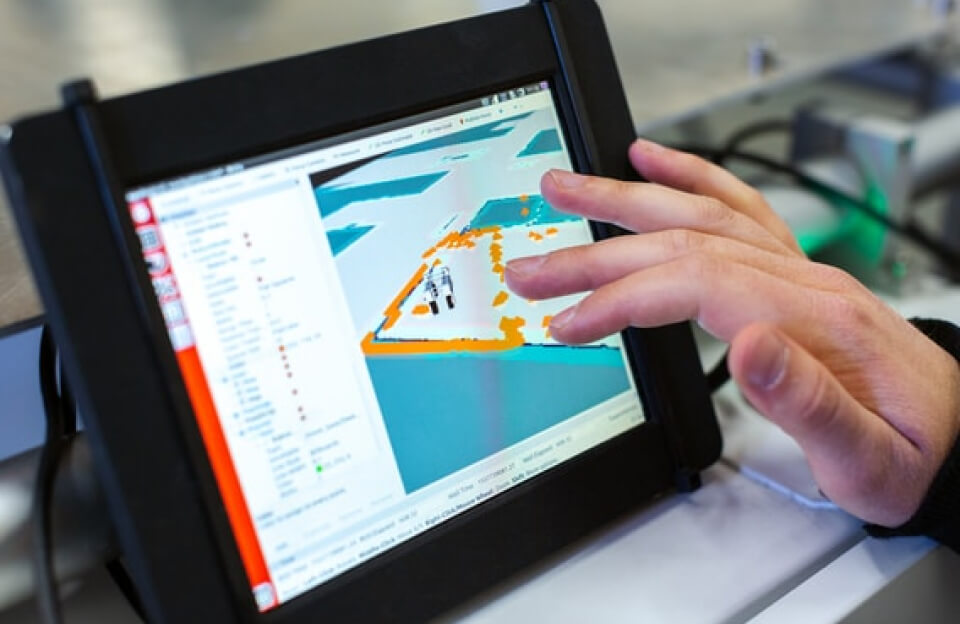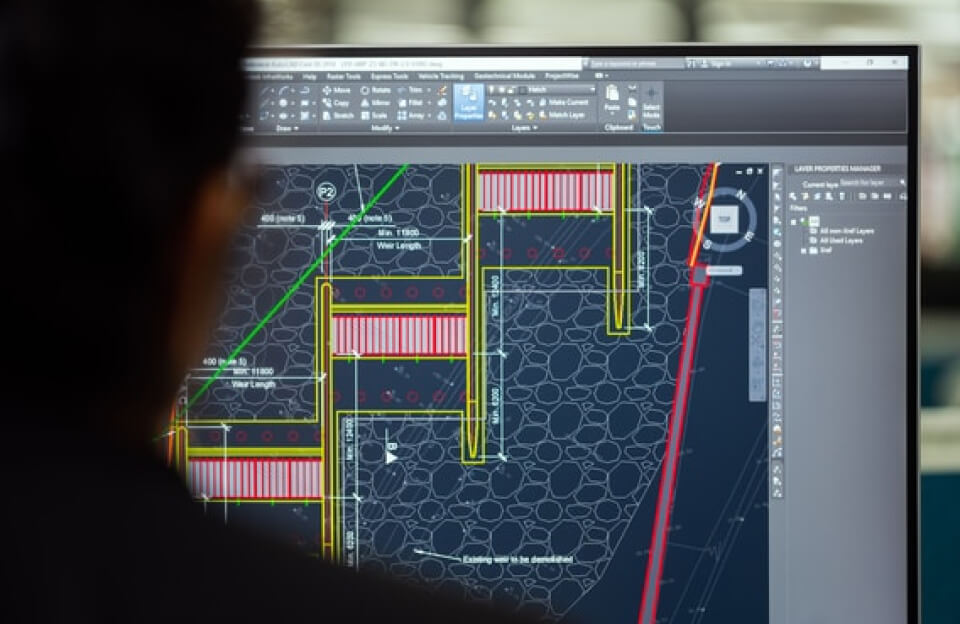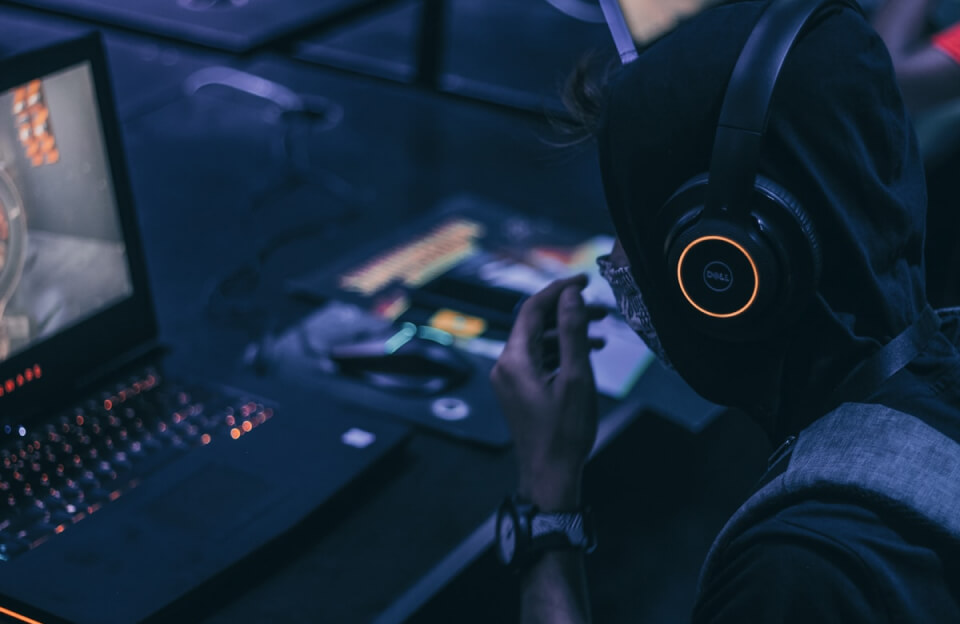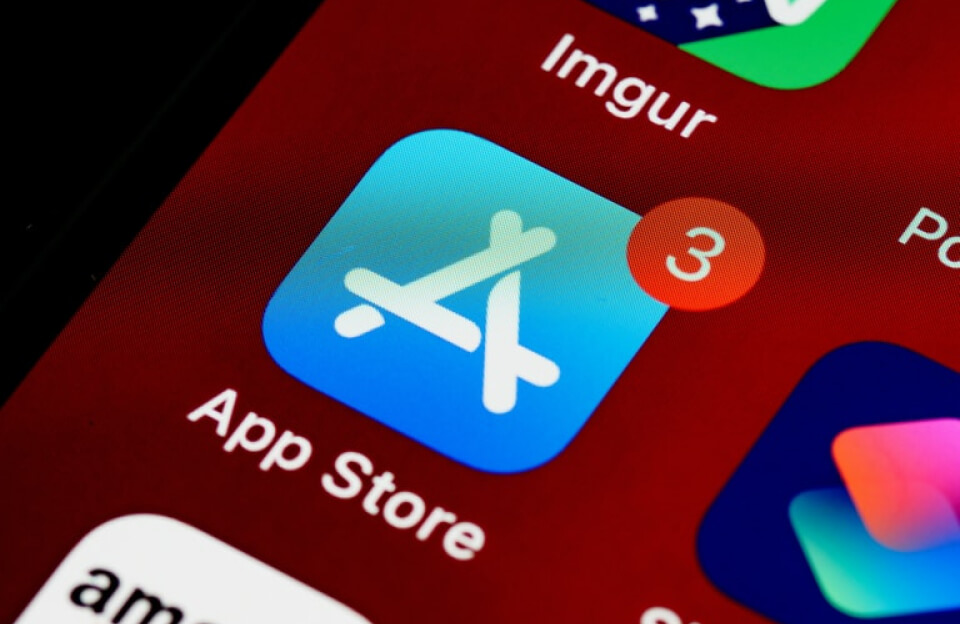Methadon, orale Tablette und Lösung gegen viele Krankheiten
Methadon, orale Tablette und Lösung gegen viele Krankheiten HighlightsÜberNebenwirkungenDosierungWie verordnet einnehmenWarnhinweiseWechselwirkungenWichtige HinweiseAlternativen fentanyl kaufen Arzneimittelbilder Dieses Arzneimittel ist mit...
Editor’s Pick
Subscribe to Our Newsletter
gravida aliquet vulputate faucibus tristique odio..
Tech Reviews
Methadon, orale Tablette und Lösung gegen viele Krankheiten
Methadon, orale Tablette und Lösung gegen viele Krankheiten HighlightsÜberNebenwirkungenDosierungWie verordnet einnehmenWarnhinweiseWechselwirkungenWichtige HinweiseAlternativen ...
Methadon, orale tablet en oplossing voor veel ziekten
Methadon, orale tablet en oplossing voor veel ziekten methadon...
Running macOS and Windows 10 on the Same Computer
you want to know how to run macOS and Windows 10 on...
Apple opens another megastore in China amid William Barr criticism
Here’s a summary of the TechCrunch story “Apple opens another megastore in...

Stay Connected
TechWire News
2M+ Followers
@techwirenews
1.4M+ Followers
TechWire
4M+ Subscribers

TechWire Podcast
Listen to daily tech news podcast
Maecenas potenti non, turpis eget turpis gravida maecenas.
Must Read
Running macOS and Windows 10 on the Same Computer
you want to know how to run macOS and Windows 10 on the same computer. The right approach depends on...
Scientists Fear Climate Data Gap as Trump Aims at Satellites
Cursus iaculis etiam in In nullam donec sem sed consequat scelerisque nibh amet, massa egestas risus, gravida vel amet, imperdiet...
Technology
Scientists, Feeling Under Siege, March Against Trump Policies
Scientists, Feeling Under Siege, March Against Trump Policies ChatGPT said: Here’s...
What Moves Gravel-Size Gypsum Crystals Around the Desert?
Cursus iaculis etiam in In nullam donec sem sed consequat scelerisque nibh...
A Lesson From the Henrietta Lacks Story: Science Needs Your Cells
Cursus iaculis etiam in In nullam donec sem sed consequat scelerisque nibh...
Gadgets
Dogs Do Their Duty for Science
Cursus iaculis etiam in In nullam donec sem sed consequat...
An IoT Failure Worst Nightmare
Cursus iaculis etiam in In nullam donec sem sed consequat...
Software
Why You Shouldn’t Walk on Escalators
Cursus iaculis etiam in In nullam donec sem sed consequat...
Life on CAD: Get to Know the Shortcut
Cursus iaculis etiam in In nullam donec sem sed consequat...

Games
A Genetic Oddity May Give Octopuses and Squids Their Smarts
Cursus iaculis etiam in In nullam donec sem sed consequat scelerisque nibh amet, massa egestas risus, gravida vel amet, imperdiet...
After Badger Buries Entire Cow Carcass, Scientists Go to the Tape
Cursus iaculis etiam in In nullam donec sem sed consequat scelerisque nibh amet, massa egestas risus, gravida vel amet, imperdiet...
Apps
Hans Dehmelt, Nobel Laureate for Isolating Electrons, Dies at 94
Cursus iaculis etiam in In nullam donec sem sed consequat scelerisque nibh...
Photos of Jupiter From NASA Spacecraft, Both Near and Far
Cursus iaculis etiam in In nullam donec sem sed consequat scelerisque nibh...
Antarctic Ice Reveals Earth’s Accelerating Plant Growth
Cursus iaculis etiam in In nullam donec sem sed consequat scelerisque nibh...
Running macOS and Windows 10 on the Same Computer
🖥️ If you have a Mac
There are two main options:
1. Boot Camp (Dual Boot)
Available on Intel-based Macs (not on Apple Silicon M1/M2/M3).
Installs Windows 10 on a separate partition.
At startup, you choose whether to boot into macOS or Windows.
Pros: Windows runs at full speed (native performance).
Cons: You can’t use macOS and Windows simultaneously—you have to reboot to switch.
2. Virtual Machine (Both Operating Systems Simultaneously)
Use software like Parallels Desktop, VMware Fusion, or VirtualBox.
This allows you to run Windows 10 within macOS.
Pros: Run both operating systems side by side, easy to switch.
Cons: Uses more memory/CPU, not ideal for intensive gaming.
⚠️ Boot Camp is not available on Apple Silicon (M1/M2/M3) Macs. You can only use virtualization, and Microsoft only supports Windows 11 ARM, not Windows 10 by default.
💻 If you have a Windows PC
Running macOS is called building a Hackintosh (or running macOS in a virtual machine).
Possible, but comes with challenges:
Hardware compatibility issues.
Complicated installation process.
Apple’s licensing restricts macOS to Apple hardware.
Alternatively: Run macOS in a virtual machine (VMware/VirtualBox), but this is unofficial and less stable.
🌐 Other options
If you only need occasional access:
Remote Desktop: Connect via macOS to Windows or vice versa.
Cloud Instances: Services such as MacStadium (for macOS) or Azure/AWS (for Windows).
✅ Best configuration (if you have an Intel Mac):
Use Boot Camp for maximum Windows performance.
Use Parallels Desktop if you want to open macOS and Windows at the same time.
Apple opens another megastore in China amid William Barr criticism
Here’s a summary of the TechCrunch story “Apple opens another megastore in China amid William Barr criticism” (from July 2020): what happened, what were the stakes, and what it meant. If you want, I can dig into reactions or what followed. TechCrunch
What Happened
-
Apple opened a new flagship / “megastore” in Beijing’s Sanlitun district, one of its prime shopping areas. TechCrunch
-
This new store replaces the original Sanlitun Apple Store (opened in 2008), and is more than twice the size of that earlier one. TechCrunch
-
The opening came just after U.S. Attorney General William Barr delivered remarks criticizing several U.S. tech firms, including Apple, for being “acquiescent” to the Chinese government—specifically for removing apps or complying with Chinese rules/policies. TechCrunch
Why It’s Significant
-
Symbolic timing: The timing suggested Apple was asserting its presence and business in China, despite political pressure from U.S. leadership. Opening a large, visible retail investment in China at that moment could be seen as showing confidence in the Chinese market. TechCrunch
-
Local competition & market share: Apple has been under pressure in China from local manufacturers (Huawei, Xiaomi, etc.). In recent years, its market share was declining or being challenged. The larger megastore helps with brand visibility, retail experience — something physical stores can provide. TechCrunch
-
Environmental / sustainability note: The new store includes an integrated solar array (making it part of Apple’s renewable energy efforts). It underscores that Apple is also pushing on sustainability in its China operations. TechCrunch
Key Details
-
The staff size at the Sanlitun store has grown a lot over the years (from ~52 to 185). TechCrunch
-
Apple claims its operations in China are increasingly powered by renewable energy (“supporting enough clean energy … to power more than 450,000 homes each year” through its China clean energy projects) though that figure refers more broadly than just the store.
The ‘Sounds’ of Space as NASA’s Cassini Dives by Saturn
Here’s a detailed look at the “sounds” recorded by NASA’s Cassini spacecraft as it dove by Saturn, especially during its ring dives in the “Grand Finale” phase. What they are, how Cassini captured them, what they reveal, and why they’re interesting. If you’d like, I can also send you some audio clips to listen to.
What are the “Sounds” of Space?
-
In space, there’s essentially no air. So there is no sound in the usual sense (no pressure waves in air as on Earth).
-
What Cassini records are things like radio waves, plasma waves, and dust/particle impacts. Instruments detect electrical, magnetic, or charged-particle disturbances. Those are then converted (or “sonified”) into audio frequencies humans can hear.
How Cassini Did It
-
The primary instrument involved is RPWS — Radio and Plasma Wave Science. It measures radio waves and plasma waves in the environment around Saturn. Interesting Engineering+3NASA Science+3NASA Science+3
-
Also, as Cassini crossed the plane of Saturn’s rings or passed through the gap between Saturn and its rings, dust particles striking the spacecraft’s antennas produce small bursts (voltage impulses) that RPWS can pick up. Those become “pops” or “cracks” in the audio. NASA Science+1
What Was Heard
-
“The Big Empty” — the first dive through the gap between Saturn and its rings on April 26, 2017. One remarkable thing: far fewer dust-impacts (the pops and cracks) than people expected. The region was much emptier. space.physics.uiowa.edu+2NASA Science+2
-
Instead of many particle impacts, most of what you hear in that dive is plasma-wave noise — “whistles,” “hisses,” subtle static and shifts as the environment changes. space.physics.uiowa.edu+3NASA Science+3NASA Science+3
-
Comparisons: In ring plane crossings (outside the gap), there are many more dust-hits audible — the density is higher, so you get lots more “pop, pop, pop” sounds. When crossing dense rings or near ring material, these are much more frequent. NASA Science+1
Why It Matters / What Scientists Learned
-
The fact that the gap between Saturn and its rings is “surprisingly empty” has implications for our understanding of how the rings behave, how material moves, and how stable (or fragile) that gap region is. NASA Science+1
-
Fewer particle impacts means less risk of damage to the spacecraft, which is useful for planning future passes. Cassini could afford to open more science instruments and not rely so much on shielding (for some dives), thanks to this finding. NASA Science
-
The plasma waves give insight into Saturn’s magnetic field, the interaction of charged particles (plasma) with the rings and Saturn’s atmosphere, and how electromagnetic energy is transported. They also provide clues about the behavior of Saturn’s auroras and interactions with moons (e.g. Enceladus) through these plasma emissions. NASA Science+1
Where to Listen / See Examples
-
NASA and the University of Iowa have made available audio and video of some of these recordings. For example, “Audio from ‘The Big Empty’ near Saturn” is one MP3/WAV clip of that first ring-gap dive. space.physics.uiowa.edu
-
Another example is “Comparison of Cassini Ring Crossings”, which lets you hear and see the difference between a normal ring crossing and a dive through the gap — how many more dust impacts in one vs. how quiet the other is.
Running macOS and Windows 10 on the Same Computer
you want to know how to run macOS and Windows 10 on the same computer. The right approach depends on whether you’re starting from a Mac or a PC:
 If you have a Mac
If you have a Mac
There are two main options:
1. Boot Camp (Dual Boot)
-
Available on Intel-based Macs (not on Apple Silicon M1/M2/M3).
-
Installs Windows 10 on a separate partition.
-
At startup, you choose whether to boot into macOS or Windows.
-
Pros: Windows runs at full speed (native performance).
-
Cons: You can’t run macOS and Windows at the same time — you must reboot to switch.
2. Virtual Machine (Both OSes at Once)
-
Use software like Parallels Desktop, VMware Fusion, or VirtualBox.
-
Lets you run Windows 10 inside macOS.
-
Pros: Run both OSes side by side, easy to switch.
-
Cons: Uses more memory/CPU, not ideal for heavy gaming.

 If you have a Windows PC
If you have a Windows PC
Running macOS here is called building a Hackintosh (or running macOS in a virtual machine).
-
Possible but comes with challenges:
-
Hardware compatibility issues.
-
Complicated setup process.
-
Apple’s license restricts macOS to Apple hardware.
-
-
Alternative: Run macOS in a VM (VMware/VirtualBox), but it’s unofficial and less stable.
 Other Options
Other Options
If you just need occasional access:
-
Remote desktop: Connect from macOS → Windows or vice versa.
-
Cloud instances: Services like MacStadium (for macOS) or Azure/AWS (for Windows).

-
Use Boot Camp if you want max Windows performance.
-
Use Parallels Desktop if you want both macOS + Windows open at once.
